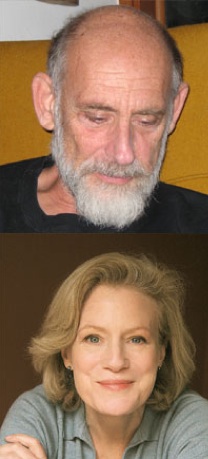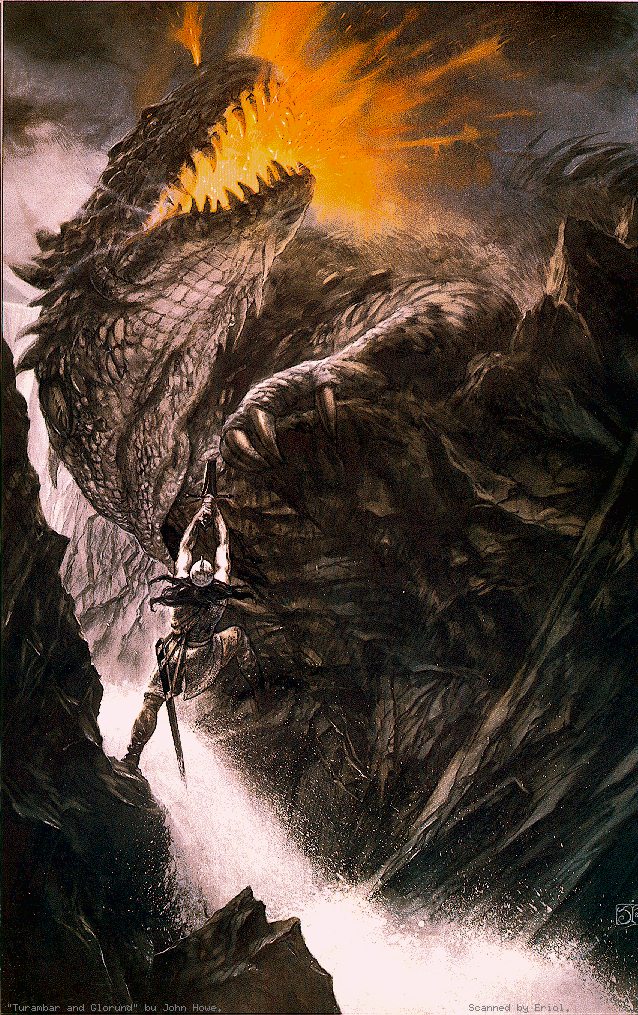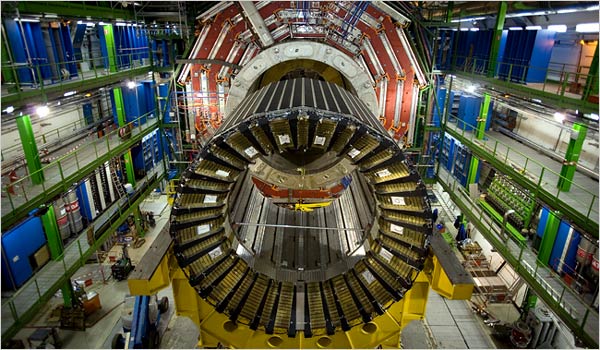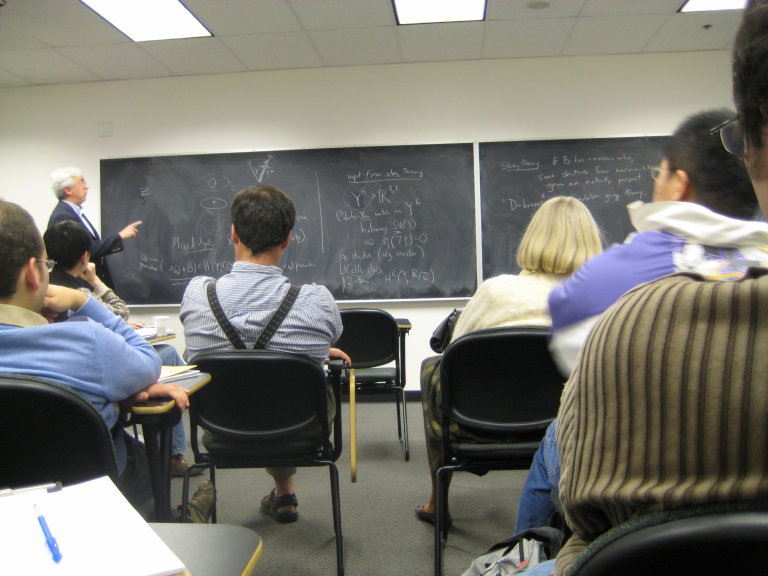Breakfast Babble
 Some reflections over breakfast – at least breakfast part II. Well, elevenses, really. Today is, I hope, a day to spend mostly on thinking about research issues. There’s a project I’m still unhappy with, in terms of where I’d like it to be, and I want to try to move things on. I had a new idea on the bus yesterday that I’ll be testing out today. Since I’m giving a seminar about this project on Friday, I’d also rather like to get it all uploaded back into the more active buffers of my brain, as it were.
Some reflections over breakfast – at least breakfast part II. Well, elevenses, really. Today is, I hope, a day to spend mostly on thinking about research issues. There’s a project I’m still unhappy with, in terms of where I’d like it to be, and I want to try to move things on. I had a new idea on the bus yesterday that I’ll be testing out today. Since I’m giving a seminar about this project on Friday, I’d also rather like to get it all uploaded back into the more active buffers of my brain, as it were.
Tuesday is a welcome day, being between my two biggest teaching days of the week, days that usually completely drain me. I try to use it to remind myself that I’ve a ton of other activities besides teaching that I should be getting on with. Research is one of them.
This morning began with something else, however, and I thought I’d update you on […] Click to continue reading this post




 Good news everyone! GLAST has been
Good news everyone! GLAST has been 

 Some breaking news for a change. I’ve only heard snippets of this and so I’ll update later with more as I get it. That
Some breaking news for a change. I’ve only heard snippets of this and so I’ll update later with more as I get it. That 

















